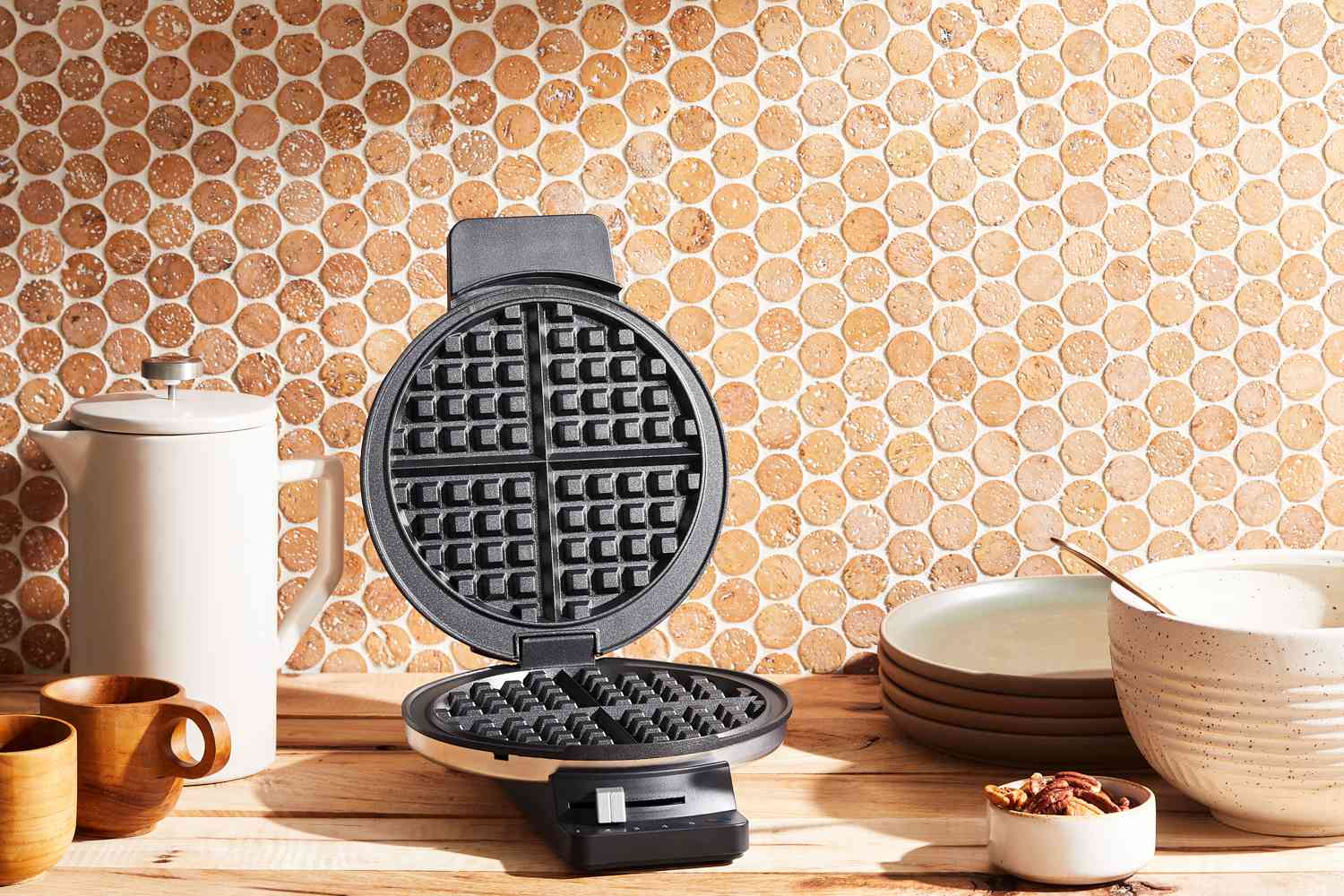

Articles
How Many Watts Does A Waffle Iron Draw
Modified: August 26, 2024
Discover the power consumption of waffle irons in our comprehensive article. Learn how many watts they draw and choose the right one for your kitchen.
(Many of the links in this article redirect to a specific reviewed product. Your purchase of these products through affiliate links helps to generate commission for Storables.com, at no extra cost. Learn more)
Introduction
Welcome to the world of waffle-making! Whether you’re a seasoned chef or an amateur cook, chances are you’ve come across a waffle iron at some point in your culinary adventures. These magical devices have the power to transform batter into crisp, golden waffles that are as delicious as they are visually appealing. But have you ever wondered how much electricity these waffle irons consume? How many watts do they draw?
Understanding the power consumption of waffle irons is not only interesting from a technical perspective but also crucial for anyone mindful of their energy usage and the associated costs. In this article, we’ll dive deep into the world of waffle irons and explore the factors that affect their wattage draw. We’ll also provide some practical tips to help you use your waffle iron more efficiently, reducing energy consumption without sacrificing taste.
So, let’s plug in and explore the electrifying world of waffle iron power consumption!
Key Takeaways:
- Waffle irons’ wattage draw varies based on factors like size, design, and temperature control. Understanding these factors can help you choose an energy-efficient model that suits your needs and preferences.
- By following tips like preheating wisely and practicing mindful cleaning, you can use your waffle iron more efficiently, reducing energy consumption without compromising on the quality of your waffles.
Understanding the Power Consumption of Waffle Irons
Before we delve into the specific wattage draw of waffle irons, let’s take a moment to understand how these appliances work. A waffle iron consists of two metal plates, usually coated with a non-stick material, that are hinged together. When batter is poured onto the lower plate and the upper plate is closed, the iron uses heat to cook the batter, resulting in those mouthwatering waffles we all love.
When it comes to power consumption, waffle irons fall into the category of electric cooking appliances. Like other electrical devices, they consume energy measured in watts (W). The wattage draw of a waffle iron determines the amount of power it needs to function.
Waffle irons generally have heating elements embedded in both the top and bottom plates. These heating elements are responsible for generating the heat needed to cook the waffles. The more powerful the heating elements, the faster the waffle iron can reach and maintain the desired cooking temperature.
Now, you may be wondering, how many watts does a typical waffle iron draw? Well, the wattage draw can vary significantly depending on various factors, which we will explore in the next section.
Factors Affecting Wattage Draw
The wattage draw of a waffle iron can be influenced by several factors. Let’s take a closer look at some of the key factors that can affect the power consumption of these appliances:
- Size and Design: The size and design of a waffle iron can impact its wattage draw. Larger irons generally require more power to heat a larger cooking surface, whereas smaller irons may have lower wattage requirements. Additionally, certain designs, such as Belgian waffle irons with deeper grids, may require more energy to evenly distribute heat across the batter.
- Material and Coating: The materials used in the construction of a waffle iron, as well as the type of coating applied to the plates, can affect its power consumption. Stainless steel irons, for example, tend to heat up more quickly than those made of cast iron. Similarly, non-stick coatings can reduce the energy required for cooking and make cleanup easier.
- Temperature Control: Some waffle irons offer adjustable temperature controls, allowing users to select their desired cooking temperature. Higher temperature settings may require more power to maintain, while lower settings can help conserve energy. Being mindful of the temperature control settings can have a direct impact on the wattage draw of your waffle iron.
- Insulation and Heat Retention: The level of insulation and heat retention capabilities of a waffle iron can influence its power consumption. Well-insulated models can retain heat more efficiently, reducing the amount of power needed to maintain the desired cooking temperature. Proper insulation can also help prevent heat loss, resulting in more evenly cooked waffles.
- Brand and Model: Different brands and models of waffle irons can vary in their power requirements. Higher-end models with advanced features and superior build quality may have more efficient heating elements, resulting in lower wattage draw. Conversely, cheaper or older models may consume more energy to achieve the same cooking results.
Understanding these factors and their impact on wattage draw can help you make a more informed choice when selecting a waffle iron that suits your needs and energy efficiency preferences. However, it’s worth noting that wattage draw alone doesn’t necessarily determine the performance or quality of a waffle iron. Therefore, it’s essential to consider other factors such as durability, cooking versatility, and customer reviews when making your purchase decision.
Average Wattage of Different Types of Waffle Irons
Now that we’ve discussed the factors that can affect the wattage draw of waffle irons, let’s explore the average wattage for different types of these appliances. It’s important to note that the wattage can vary from model to model within each category. However, we can provide some general guidelines to give you an idea of the power consumption for different types of waffle irons.
1. Traditional Waffle Irons: Traditional waffle irons, also known as classic waffle makers, typically draw anywhere between 700 watts to 1200 watts. These are the standard, no-frills waffle irons that produce thin, crispy waffles with shallow grids.
2. Belgian Waffle Irons: Belgian waffle irons are designed to create thick and fluffy waffles with deep pockets. These irons usually have a higher wattage compared to traditional waffle irons, ranging from 1000 watts to 1500 watts.
3. Rotating Waffle Irons: Rotating or flip-style waffle irons are known for their ability to evenly distribute batter and achieve consistent browning on both sides of the waffles. These irons often have a higher wattage due to their advanced design and mechanism, typically ranging from 1000 watts to 1800 watts.
4. Multifunctional Waffle Irons: Multifunctional waffle irons that offer additional features like interchangeable plates for making pancakes, sandwiches, or grilled foods tend to have a higher wattage. These versatile appliances can draw anywhere between 1200 watts to 1800 watts, depending on the specific model and functionalities.
Keep in mind that the wattage mentioned here is an average range, and actual wattage may differ for specific models and brands. When purchasing a waffle iron, it’s always recommended to check the wattage mentioned in the product specifications or consult the manufacturer’s information for accurate power consumption details.
Understanding the average wattage for different types of waffle irons can help you estimate the energy usage and choose an appliance that aligns with your power requirements and preferences.
When choosing a waffle iron, look for one with a wattage between 700-1400 watts for optimal performance. Higher wattage will result in faster heating and cooking.
Calculating Power Consumption and Operating Costs
Now that we have a better understanding of the wattage draw for different types of waffle irons, let’s explore how you can calculate the power consumption and estimate the operating costs of using these appliances.
To calculate the power consumption of a waffle iron, you’ll need to know two key pieces of information:
- Wattage: Locate the wattage rating of your waffle iron. This information can usually be found on the product label, user manual, or specifications sheet.
- Usage Time: Estimate the average amount of time you’ll be using the waffle iron per day. This can vary depending on individual preferences and household needs.
Once you have these two pieces of information, you can calculate the daily power consumption using the following formula:
Power Consumption (in kilowatt-hours) = (Wattage / 1000) * Usage Time (in hours)
For example, if your waffle iron has a wattage rating of 1000 watts and you use it for 30 minutes (or 0.5 hours) per day, the calculation would be as follows:
(1000 / 1000) * 0.5 = 0.5 kilowatt-hours (kWh)
To estimate the operating costs, you’ll need to know the electricity rate charged by your utility company, usually expressed in cost per kilowatt-hour (kWh).
Operating Costs = Power Consumption (in kWh) * Electricity Rate (per kWh)
Using the previous example, if your electricity rate is $0.12 per kWh, the calculation would be as follows:
0.5 kWh * $0.12/kWh = $0.06 per day
By multiplying the daily operating cost by the number of days you plan to use the waffle iron in a month or year, you can estimate the monthly or annual operating costs.
Keep in mind that these calculations provide an estimate and the actual power consumption and operating costs may vary based on the specific wattage, usage patterns, and electricity rates in your region. It’s always a good idea to consult your utility bill or reach out to your utility provider for accurate cost information.
Understanding the power consumption and operating costs of your waffle iron can help you make informed decisions regarding energy usage and budgeting.
Tips for Efficiently Using a Waffle Iron
Now that we’ve explored the power consumption and operating costs of waffle irons, let’s discuss some tips to help you use your waffle iron more efficiently, reducing energy consumption without compromising on taste and texture.
- Preheat Wisely: Only preheat your waffle iron for the recommended time mentioned in the manufacturer’s instructions. Overheating can lead to unnecessary energy consumption and may result in burnt or unevenly cooked waffles.
- Optimal Batter Amount: Use the right amount of batter for each waffle. Adding too much batter can cause overflow and waste, while using too little may result in undercooked waffles. Follow the manufacturer’s guidelines for batter quantities to ensure efficient cooking.
- Close the Lid Properly: Ensure that the lid of your waffle iron is closed properly during cooking to maintain a consistent temperature. This will allow for even cooking and reduce the need for prolonged cooking time, ultimately saving energy.
- Avoid Peeking: Avoid lifting the lid to check on the waffle too frequently. Each time you open the lid, you release heat, and it takes time for the iron to regain the set temperature. Trust the cooking time mentioned in the recipe or the manufacturer’s instructions to avoid unnecessary energy loss.
- Mindful Cleaning and Maintenance: Clean your waffle iron according to the manufacturer’s guidelines. Removing excess batter and grease can prevent buildup, ensuring optimal heat transfer during cooking. A well-maintained iron will work more efficiently and require less energy to achieve desired results.
- Unplug When Not in Use: After you’re finished using the waffle iron, unplug it to avoid any unnecessary energy consumption in standby mode. This simple step can help reduce your overall electricity usage.
- Consider Energy-Saving Features: If you’re in the market for a new waffle iron, look for models with energy-saving features, such as automatic shut-off or adjustable temperature controls. These features can help optimize energy usage and reduce operating costs over time.
By following these tips, you can make your waffle iron usage more energy-efficient and environmentally friendly without compromising on the quality of your waffles.
Remember, every small step towards energy efficiency counts, and taking these measures can help reduce your carbon footprint while enjoying delicious homemade waffles.
Conclusion
We’ve explored the fascinating world of waffle iron power consumption, understanding the factors that affect wattage draw and discovering the average wattage for different types of waffle irons. Armed with this knowledge, you can make more informed decisions regarding energy efficiency and operating costs.
By calculating power consumption and estimating operating costs, you have the power to manage your energy usage and budget effectively. Remember to consider factors such as wattage, usage time, and electricity rates specific to your region for accurate estimations.
Additionally, we discussed tips for efficiently using your waffle iron, including preheating wisely, using the optimal amount of batter, closing the lid properly during cooking, avoiding frequent peeks, and practicing mindful cleaning and maintenance. These small steps can make a big difference in reducing energy consumption without compromising the taste and quality of your waffles.
Ultimately, incorporating energy-saving features into your waffle iron choice and considering its build, insulation, and material can further enhance your energy efficiency efforts.
So, whether you’re whipping up breakfast for the family or indulging in a weekend brunch, you can now enjoy your waffles with the knowledge that you’re being mindful of your energy usage and environmental impact.
Remember, every small step towards energy efficiency counts, and making conscious choices can go a long way in reducing your carbon footprint while savoring the delightful taste of homemade waffles.
Frequently Asked Questions about How Many Watts Does A Waffle Iron Draw
Was this page helpful?
At Storables.com, we guarantee accurate and reliable information. Our content, validated by Expert Board Contributors, is crafted following stringent Editorial Policies. We're committed to providing you with well-researched, expert-backed insights for all your informational needs.
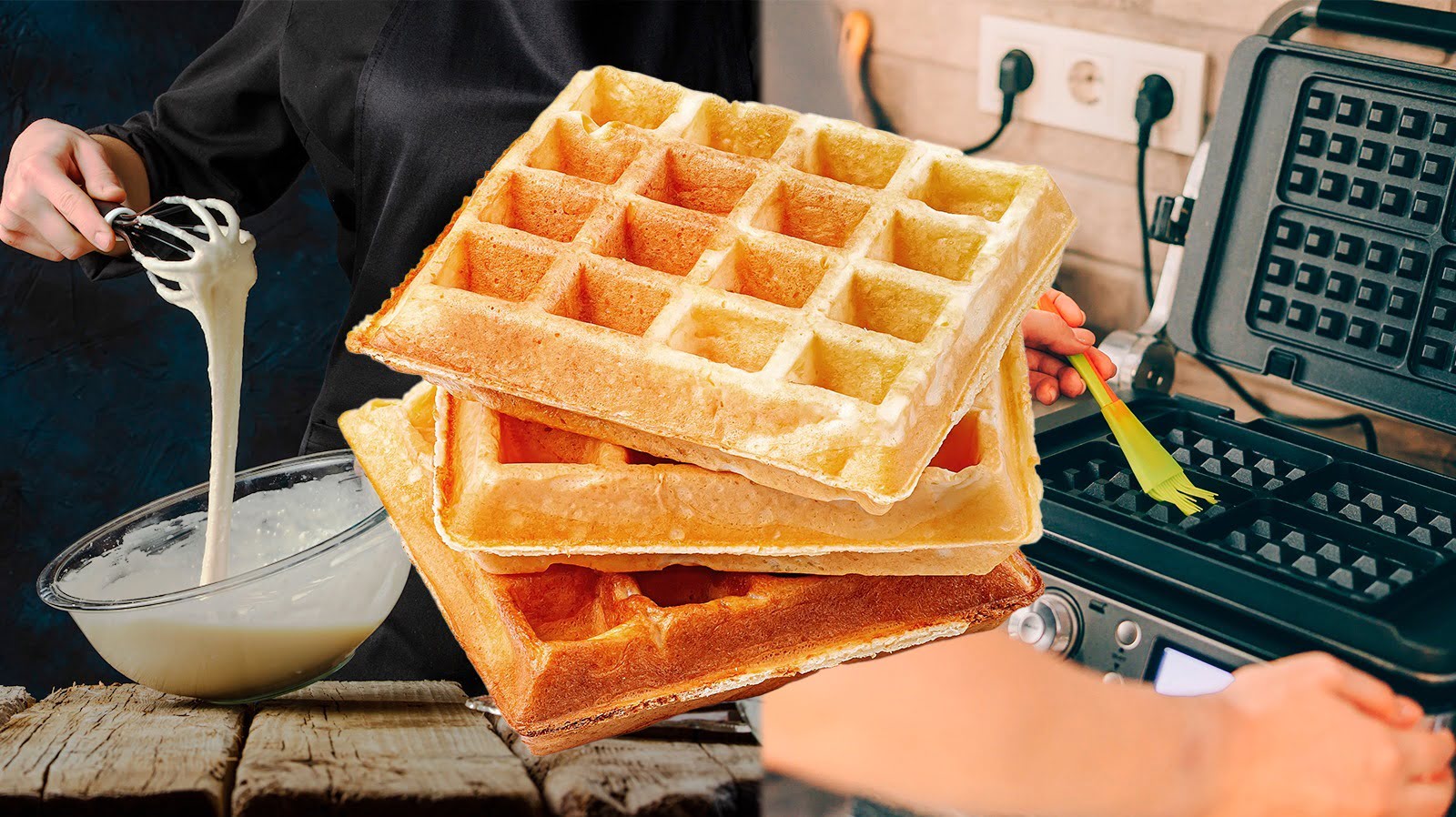
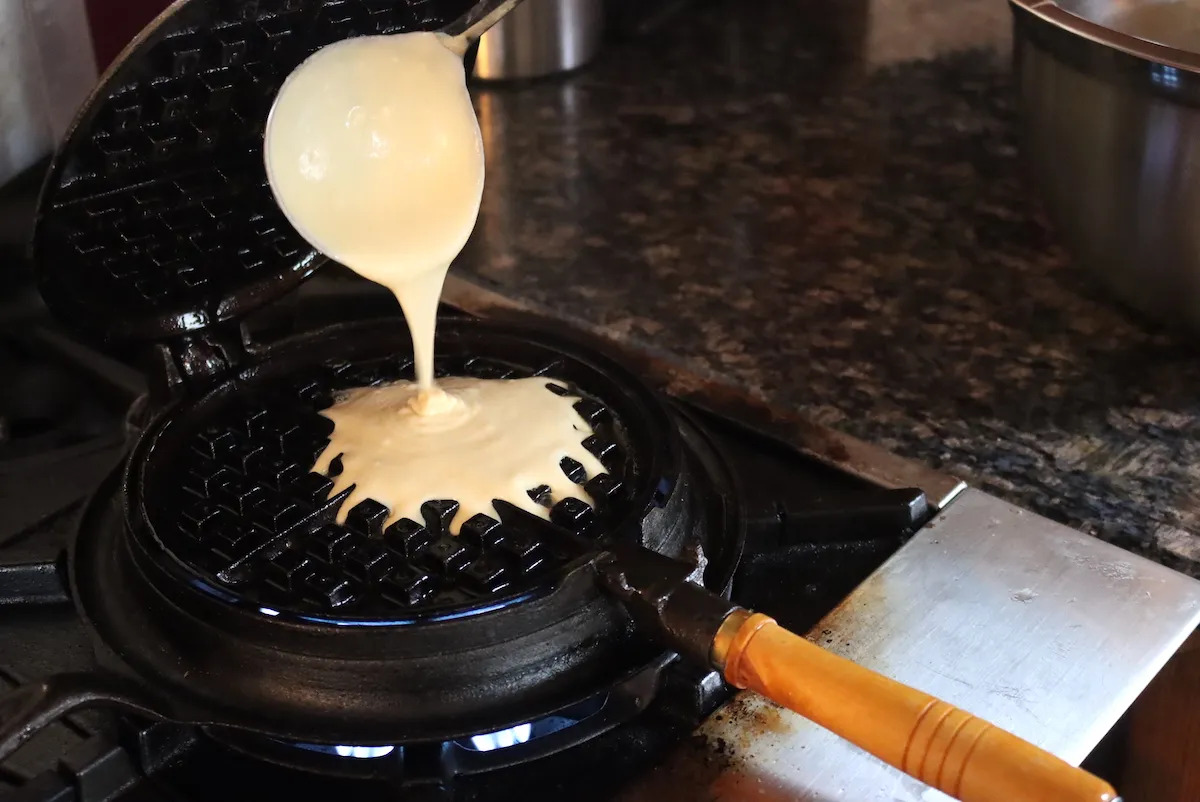
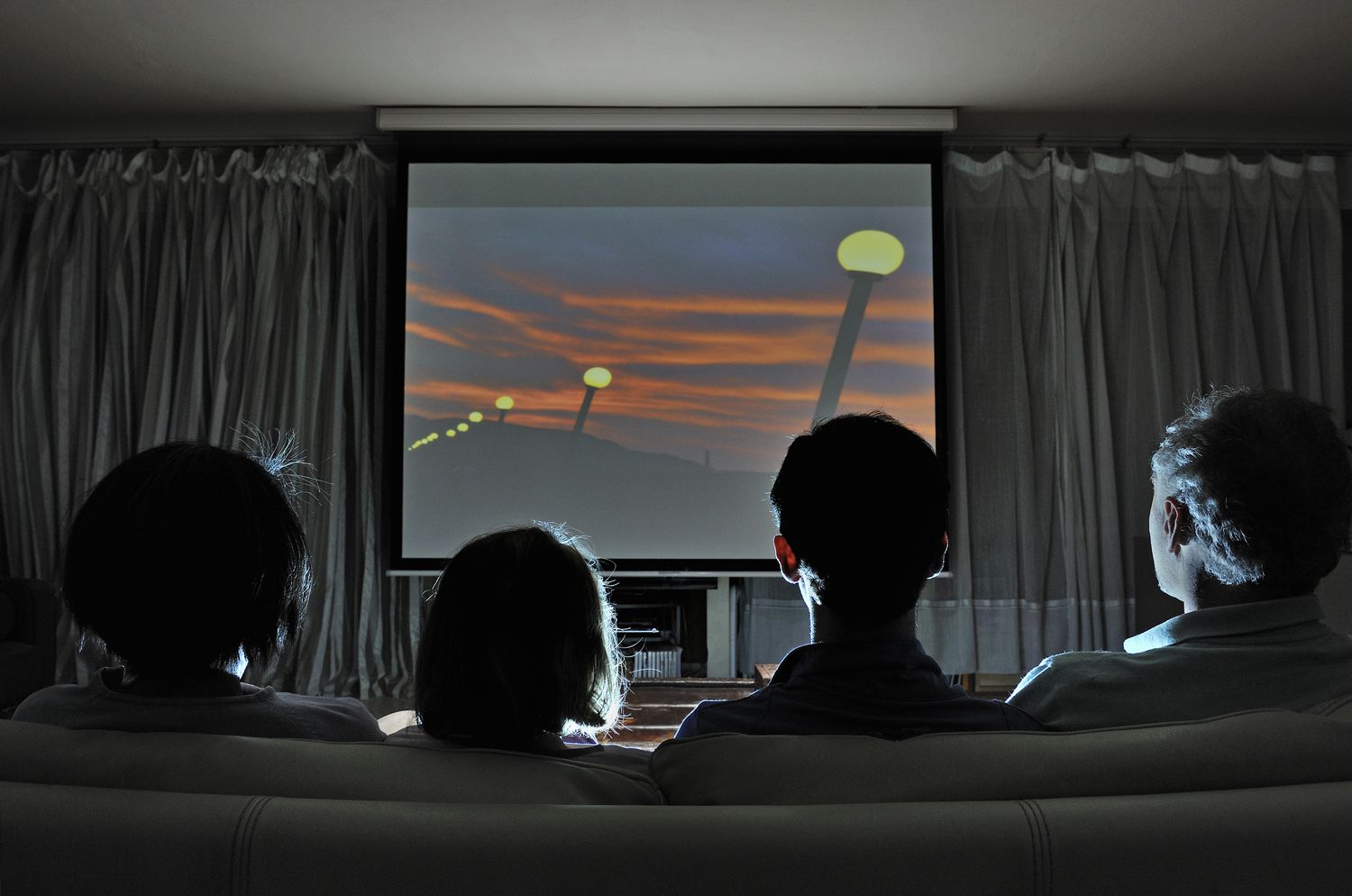
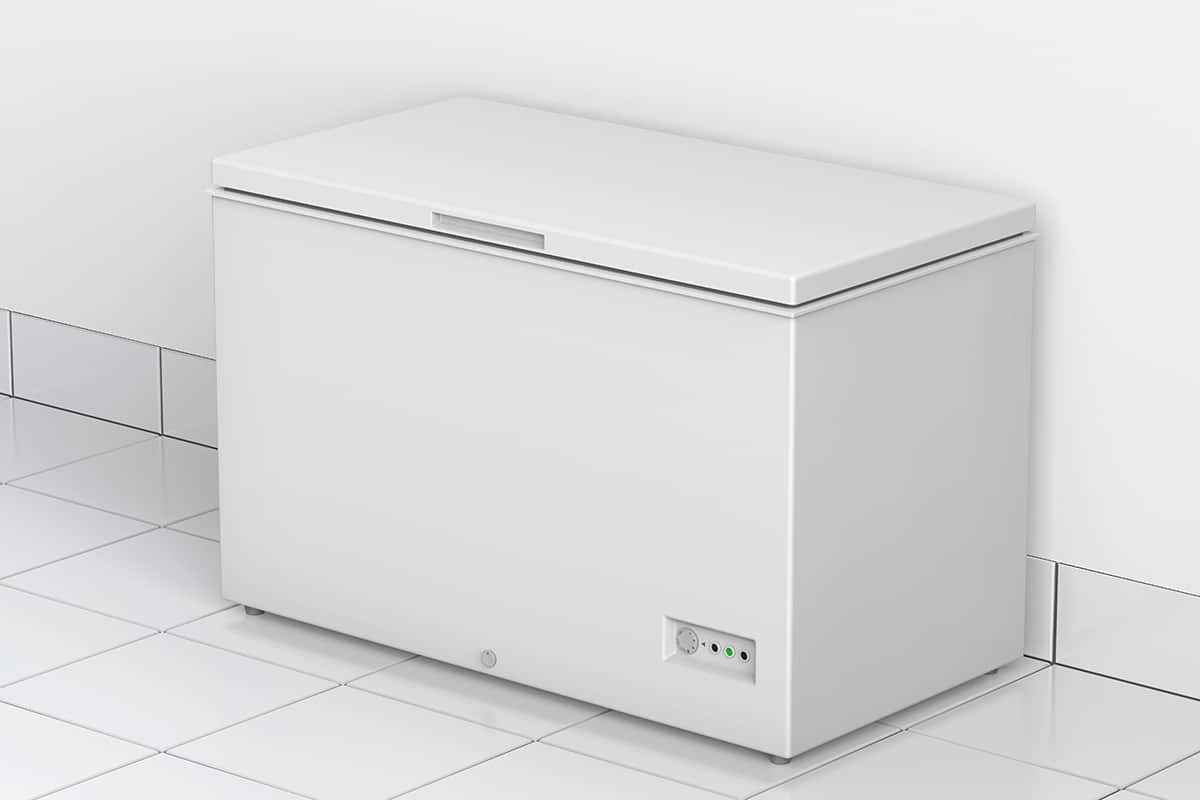

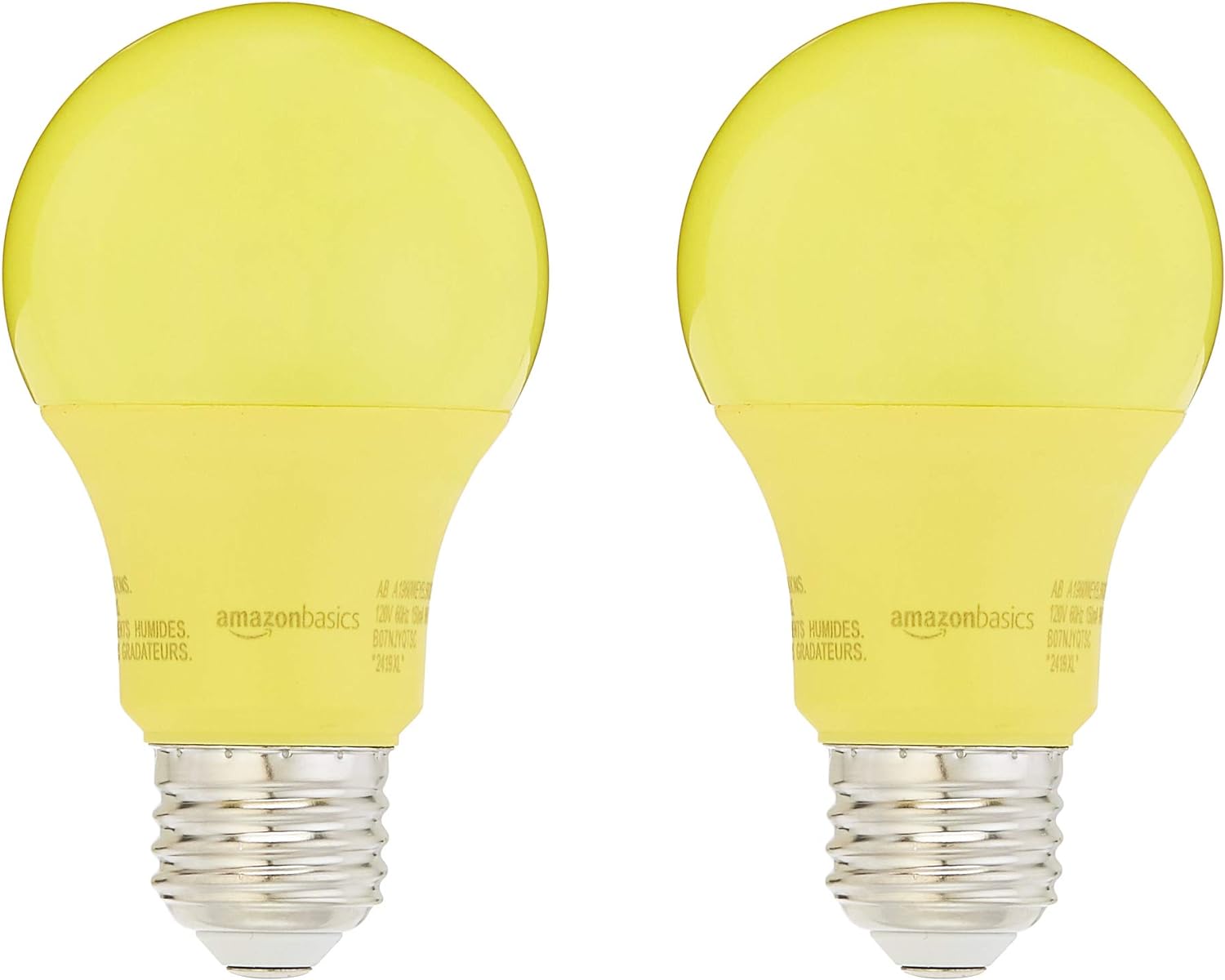
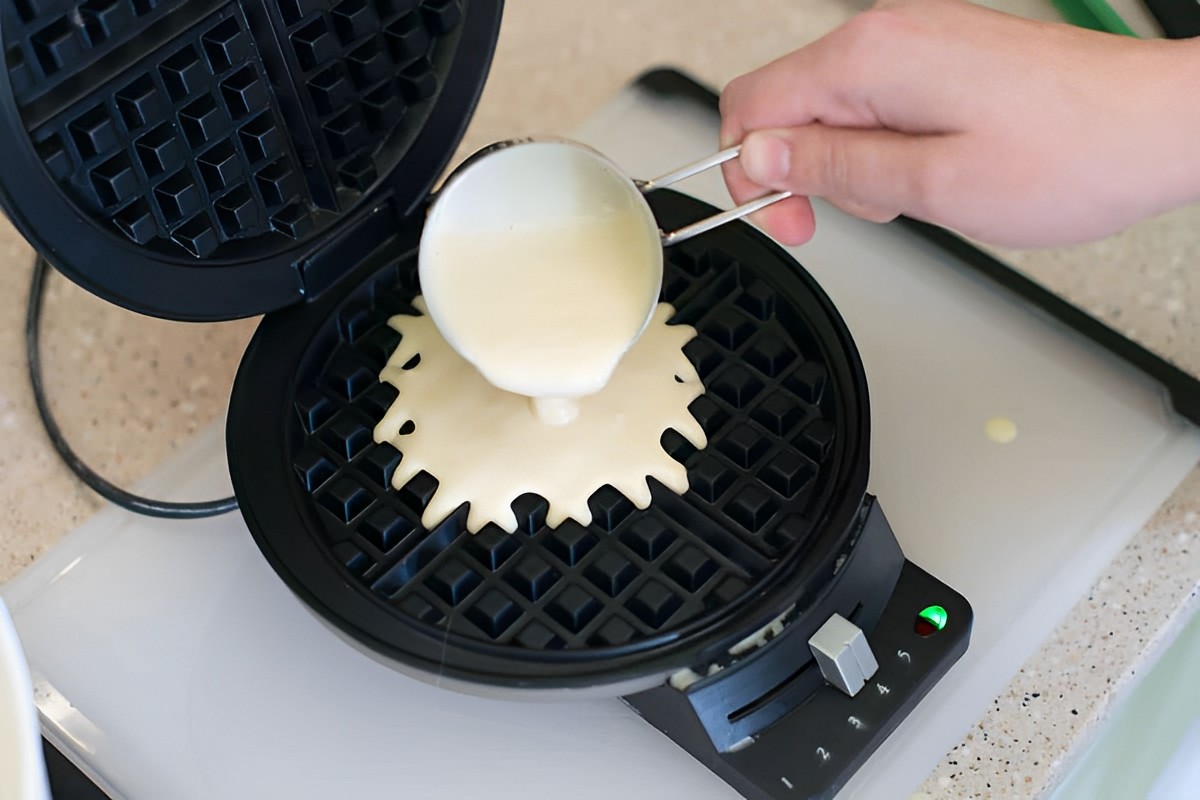
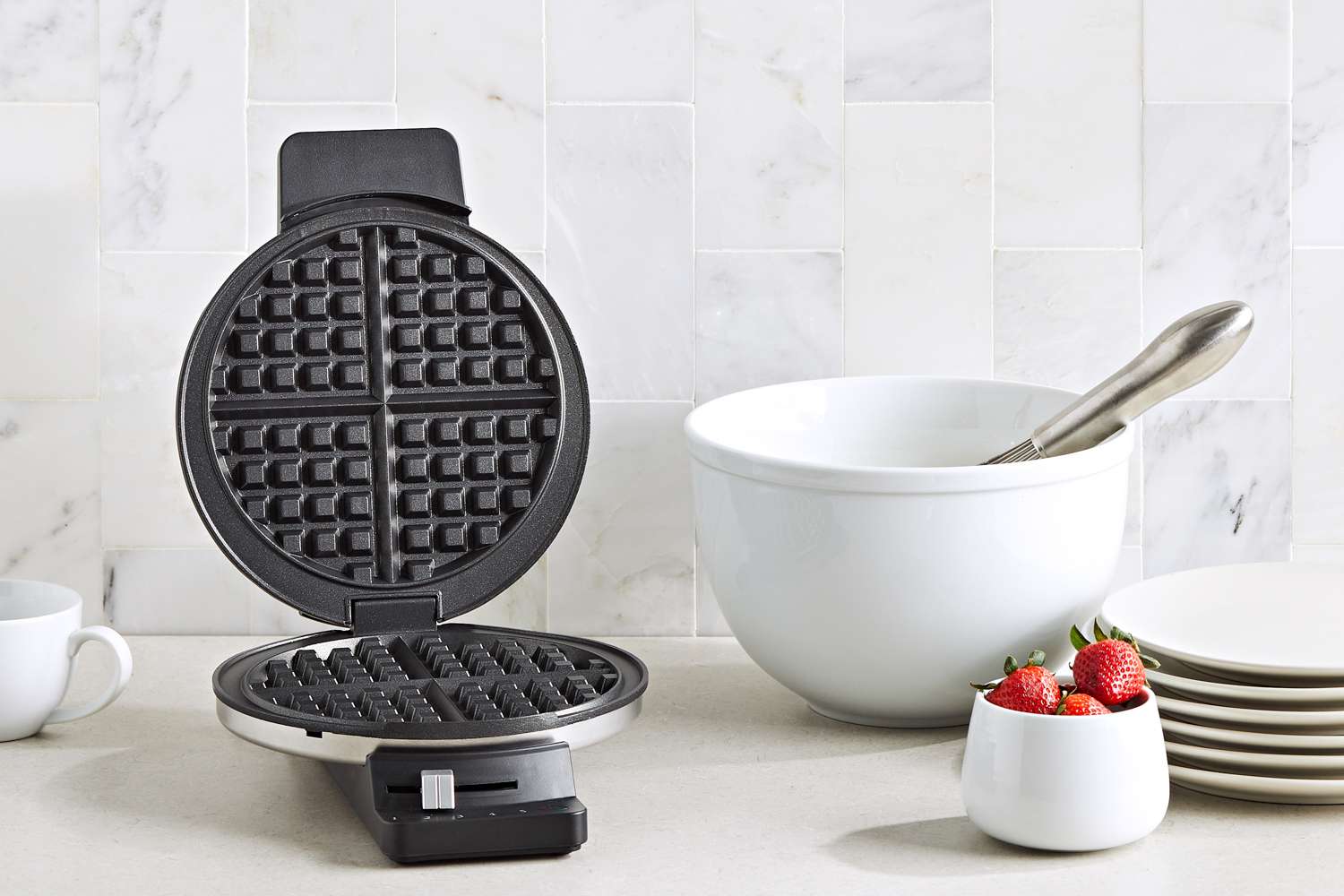
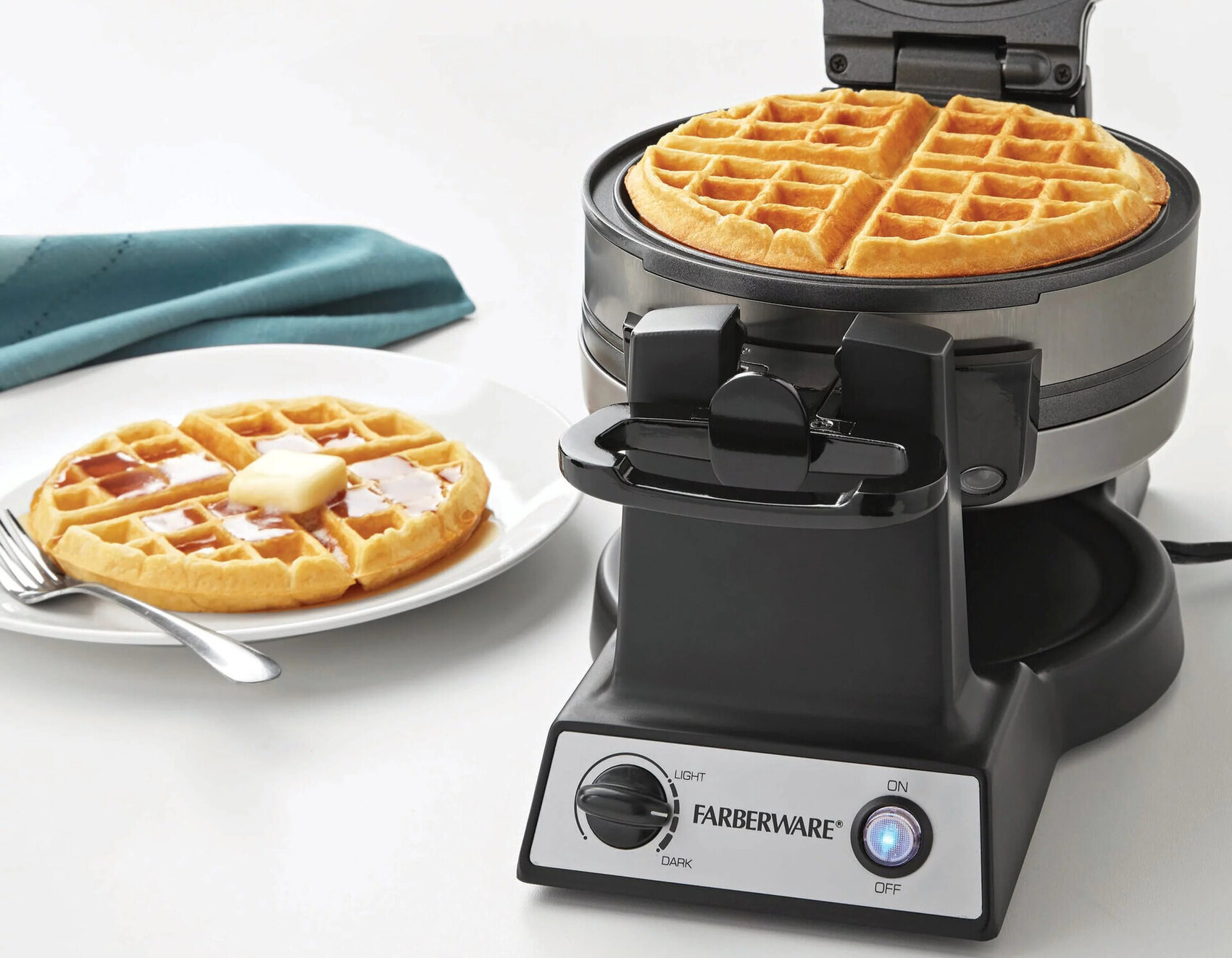
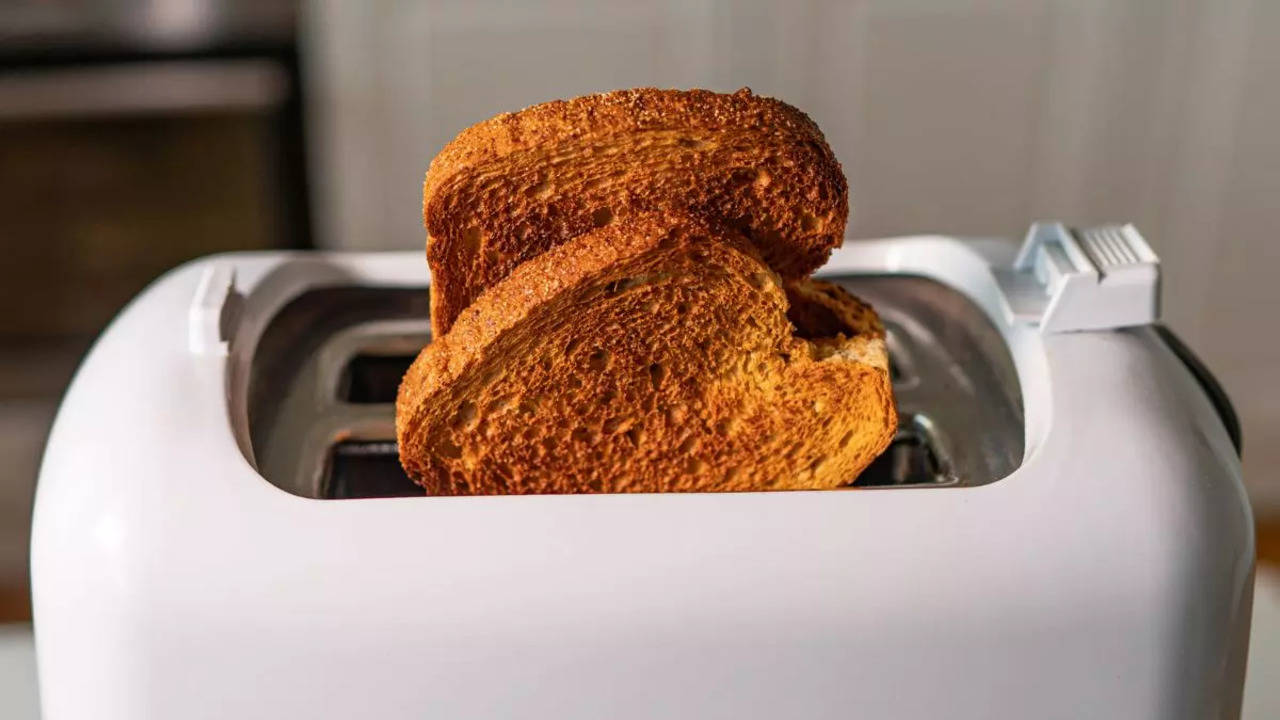
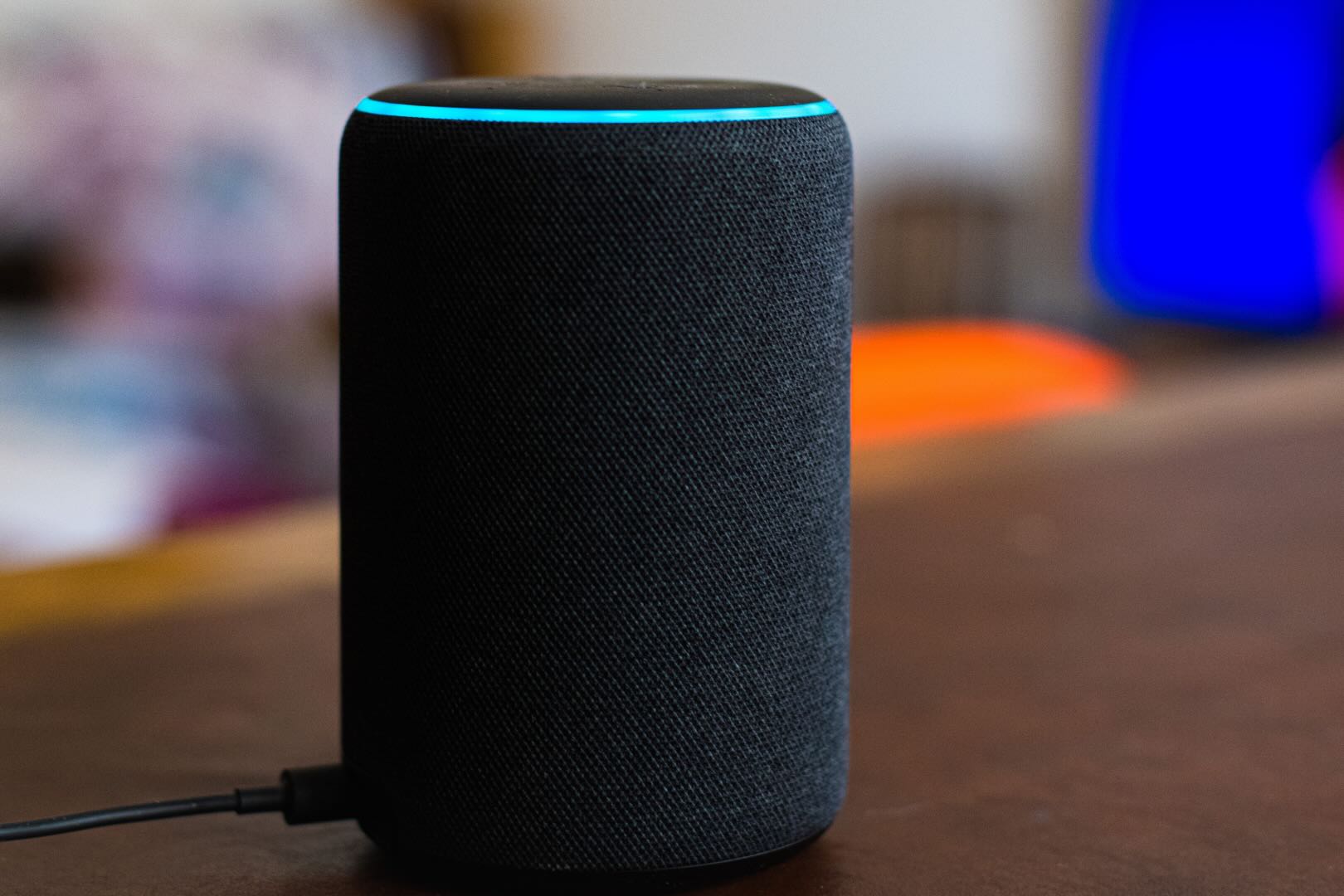
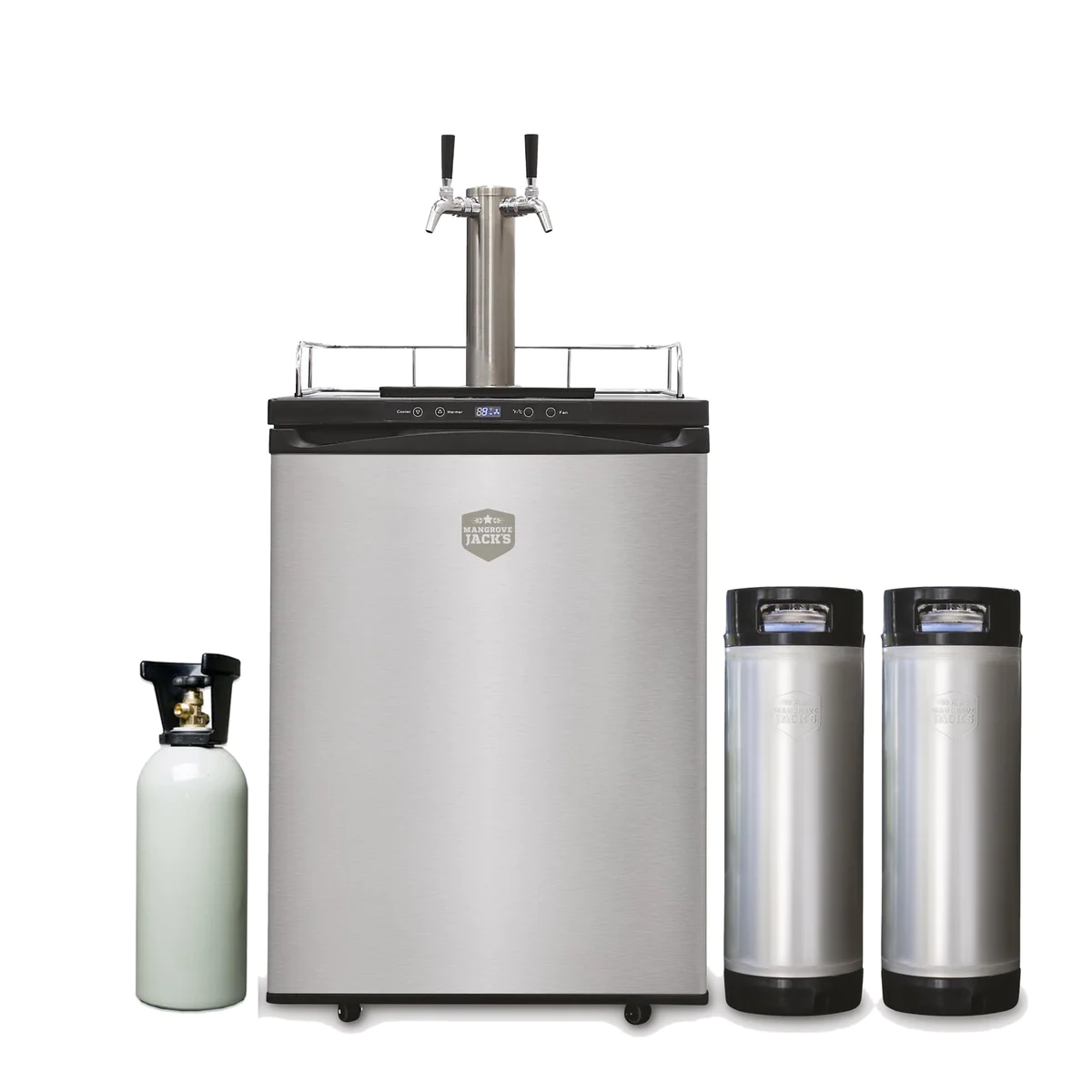
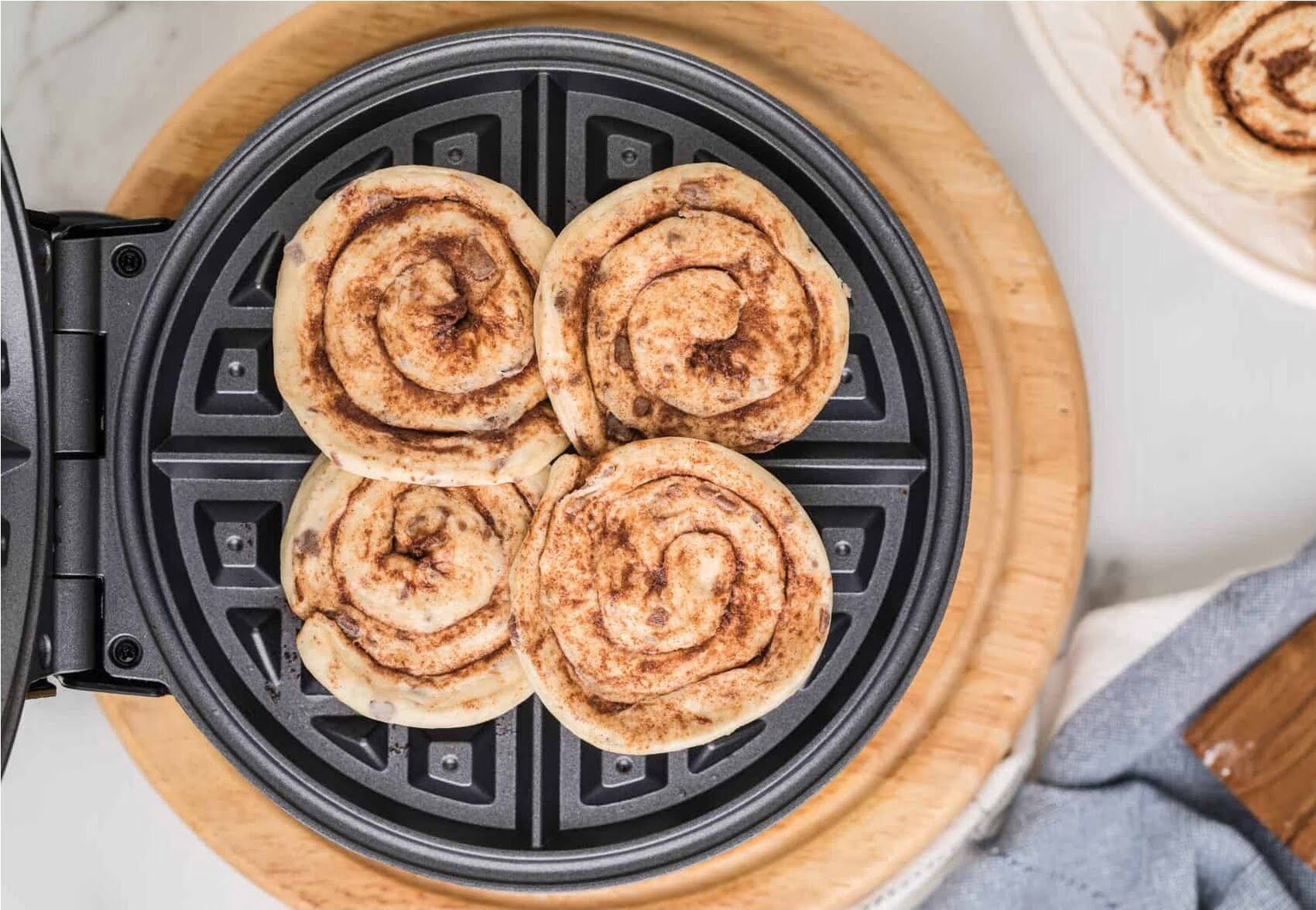
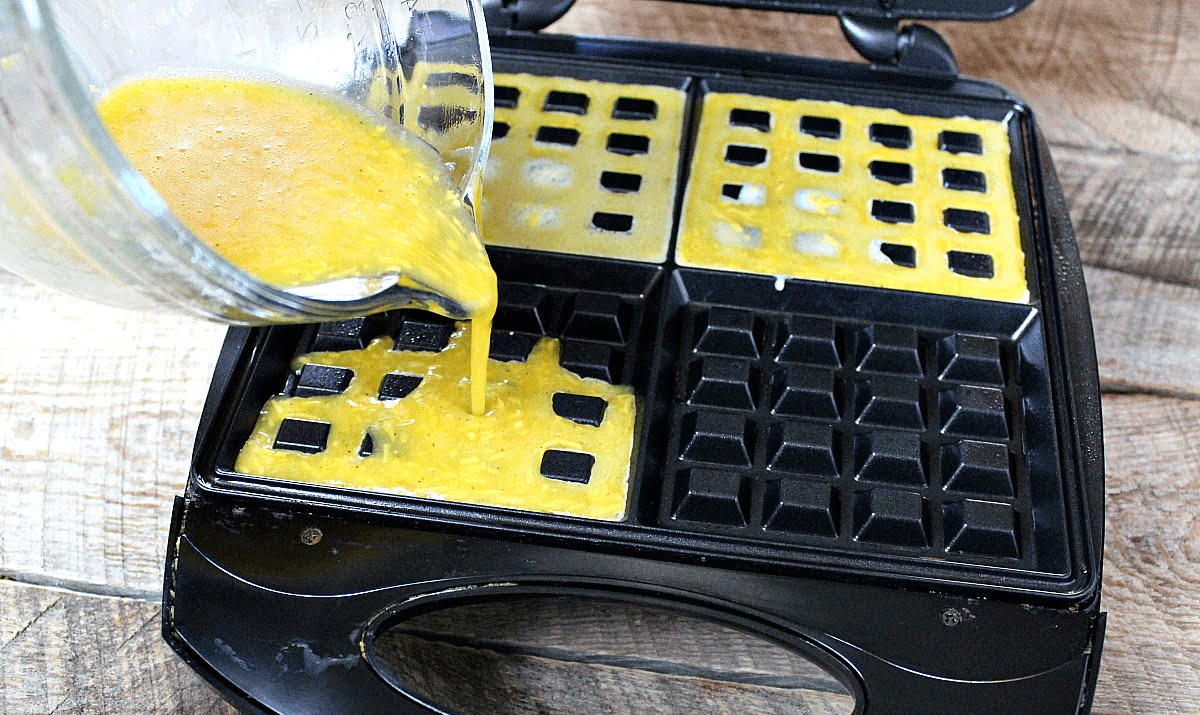

0 thoughts on “How Many Watts Does A Waffle Iron Draw”